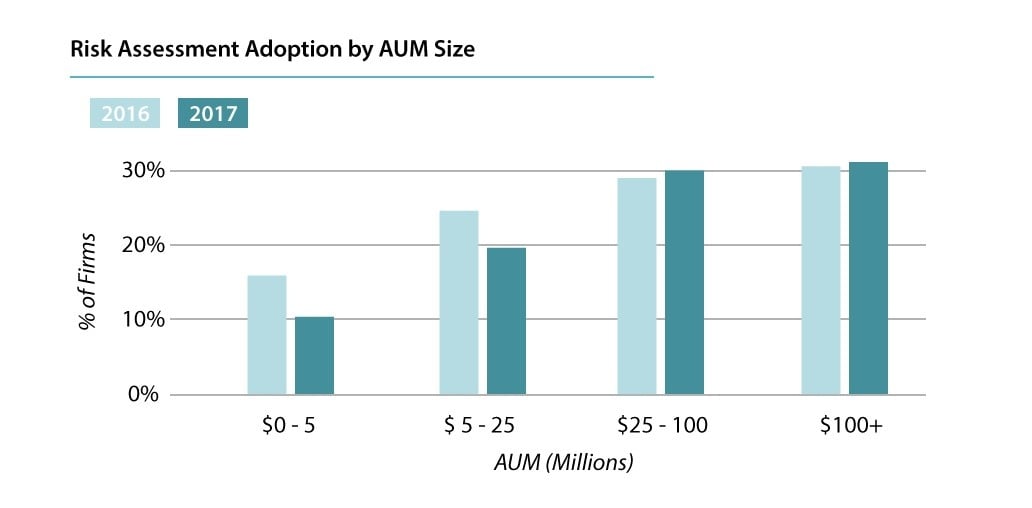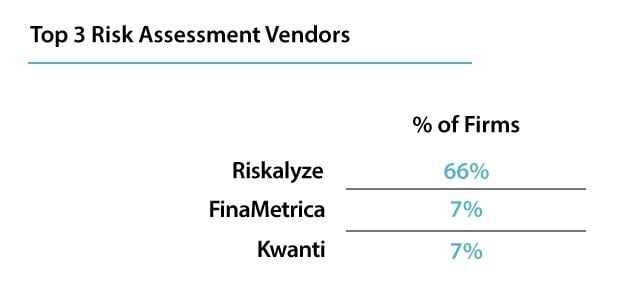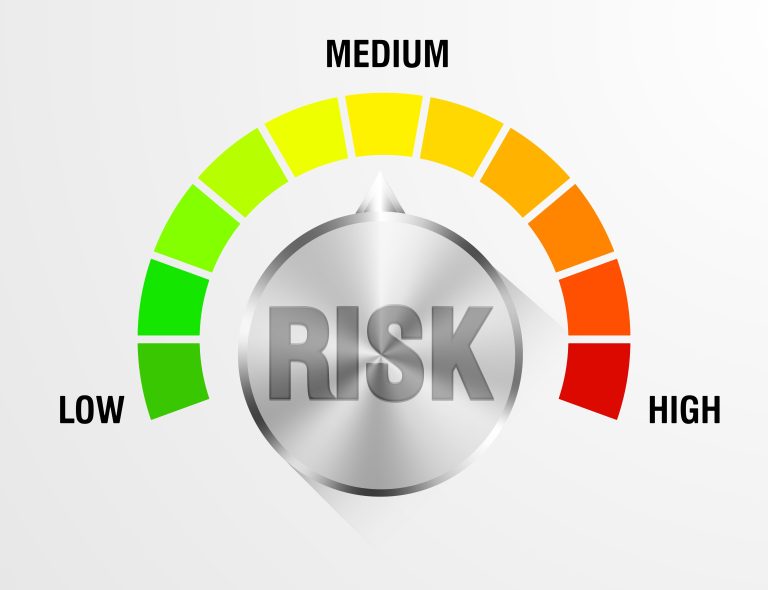The findings in this blog post come from our annual survey of over 1,500 registered investment adviser (“RIA”) firms that was conducted in the first quarter of 2018. This proprietary RIA in a Box study is paired with publicly accessible data provided by the Securities and Exchange Commission (“SEC”). The goal of our annual study is to understand different options that comprise each firm characteristic, and to determine whether specific characteristics impact he growth, size, or operational efficiency of an RIA firm. In this blog post, we focus on the top risk tolerance and assessment solutions used by RIA firms.
Compared to more traditional RIA software categories such as customer relationship management or portfolio management and reporting software, risk tolerance software has only more recently started to gain significant moment with RIA firms. While the features provided by the various risk tolerance providers do tend to vary a bit given that this is a more emerging technology category, in general the solutions are designed to help advisors evaluate the proper level of portfolio risk for an individual client. These tools generally assist with the new initial portfolio creation and also the ongoing monitoring of the portfolio to help ensure it remains suitable for a client’s current risk tolerance. Many advisors report using these tools primarily as prospecting tools to help illustrate to potential clients that their current investment portfolio may not be the proper fit. It should also be noted that these solutions can greatly assist an advisory firm in meeting its regulatory compliance obligation to act as a fiduciary including its duty of care.
RIA Adoption Rate of Risk Tolerance Software
Similar to document storage solutions, our latest survey shows that today many firms view risk assessment solutions as a nice-to-have, opting for other types of more traditional RIA software solutions before adopting risk tolerance software. For RIA firms adopting three types of technology systems, 25.5% include risk tolerance software in their technology suite. Much more detail on RIA technology adoption by type of software solution can be found in this recent blog post illustrating that RIA firms that adopt multiple technology systems grow faster. Anecdotally, we have recently observed an increasing number of advisory firms inquiring about risk tolerance solutions. However, the year over year adoption figures do not show increased adoption and presently risk tolerance software shows the lowest overall adoption rate among the five types of technology systems we study:

RIA Risk Tolerance Software Adoption Rate by Firm AUM Size
Similar to most other types of RIA technology solutions such as financial planning software, larger firms are more likely to adopt a risk tolerance solution. In our most recent survey, we observed a slight uptick in the percentage of larger firms adopting risk assessment software coupled with a decline in adoption rate at smaller advisory firms:

Top Risk Assessment Solutions Adopted by RIA Firms
Presently in the investment adviser industry, a single player, Riskalyze, has captured significant market share. While risk tolerance software has existed for a number of years, as of late Riskalyze has generated renewed focus on the category with its modern user interface and use of its Risk Number.®
In addition to Riskalyze, a number of other risk tolerance software solutions exist including long-standing FinaMetrica and more recent entrants including Tolerisk. Other solutions touching elements of the risk tolerance and portfolio analytics category include Kwanti and HiddenLevers. It will be interesting to continue to observe this category in the coming years to see if other vendors emerge to challenge Riskalyze’s strong lead in investment advisory firm adoption.

This post is the final of five blog posts based on our 2018 survey focused on the core technology solutions available to investment advisory firms. Be sure to check out past posts covering document storage, financial planning, customer relationship management (“CRM”) and portfolio management and reporting software.
